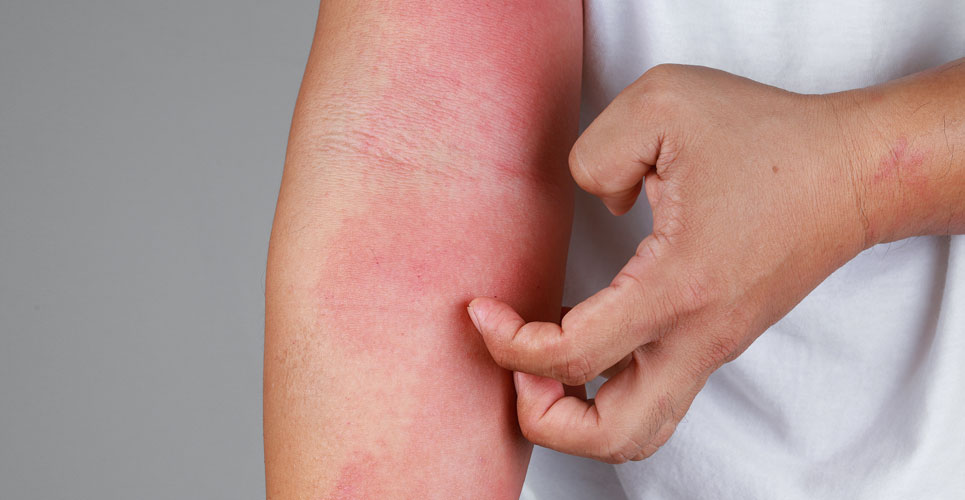Treatment of moderate-to-severe atopic eczema in adults with oral upadacitinib induced greater skin clearing than subcutaneous dupilumab.
Atopic eczema (AE) is best described as a common, chronic, relapsing-remitting skin condition, with inflammation and intense pruritus. While atopic eczema affects nearly a quarter of children, in adults, the prevalence varies between 1.2 to 17.1%. The precise cause of AE remains to be determined though it is known to be driven by pro-inflammatory interleukins (IL) including IL-4 and IL-13. Evidence for the involvement of these two cytokines comes from studies with the monoclonal antibody, dupilumab. Though dupilumab was the first biologic agent to be used in patients with moderate-to-severe atopic eczema and perceived as an important breakthrough, only just over a third of patients in two of the largest trials achieved the primary endpoint of clear or almost clear skin. This strongly suggests the presence of other pathophysiological pathways and recent work has implicated the Janus Kinase pathway (JAK) in the signalling of several interleukins including IL-4 and IL-13. Upadacitinib is an oral JAK inhibitor which is currently licensed for use in rheumatoid arthritis. Nevertheless, a recent phase 3 trial in patients with moderate-to-severe AE found that when combined with topical steroids, oral upadacitinib at a dose of either 15 or 30 mg, led to a significant improvement in disease severity in over 60% of patients. While such data highlights that upadacitinib is an effective treatment for AE, what remains unclear, is its position in the eczema treatment pathway. This led a team from Oregon Medical Research Centre, Portland, US, to undertake a randomised trial, comparing upadacitinib with dupilumab. Eligible patients were adults aged 18 to 75 years, diagnosed with AE and who were candidates for systemic treatment, after a failure of topical therapy. All were randomised 1:1 to 30mg of upadacitinib given once daily until week 24 or 300mg dupilumab subcutaneously every 2 weeks (after a 600mg loading dose). The primary outcome was an EASI75, which represents a 75% improvement in disease severity at week 16.
Findings
A total of 348 participants with a mean age of 36.6 years (52.6% male) were randomised to upadacitinib and 344 with the same mean age (56.4% male) to dupilumab. After 16 weeks, 71% using upadacitinib and 61.1% given dupilumab achieved an EASI75 (p = 0.006). In addition, 27.9% using upadacitinib and 7.6% using dupilumab, achieved an EASI100 (p < 0.001), i.e., were completely clear of their eczema. There were also significantly better improvements in measure of itch severity using upadacitinib compared to dupilumab. Based on these findings, the authors concluded that upadacitinib was well tolerated and provided superior efficacy to dupilumab.
Citation
Blauvelt A et al. Efficacy and Safety of Upadacitinib vs Dupilumab in Adults with Moderate-to-Severe Atopic Dermatitis. A Randomised Clinical Trial. JAMA Dermatol 2021

